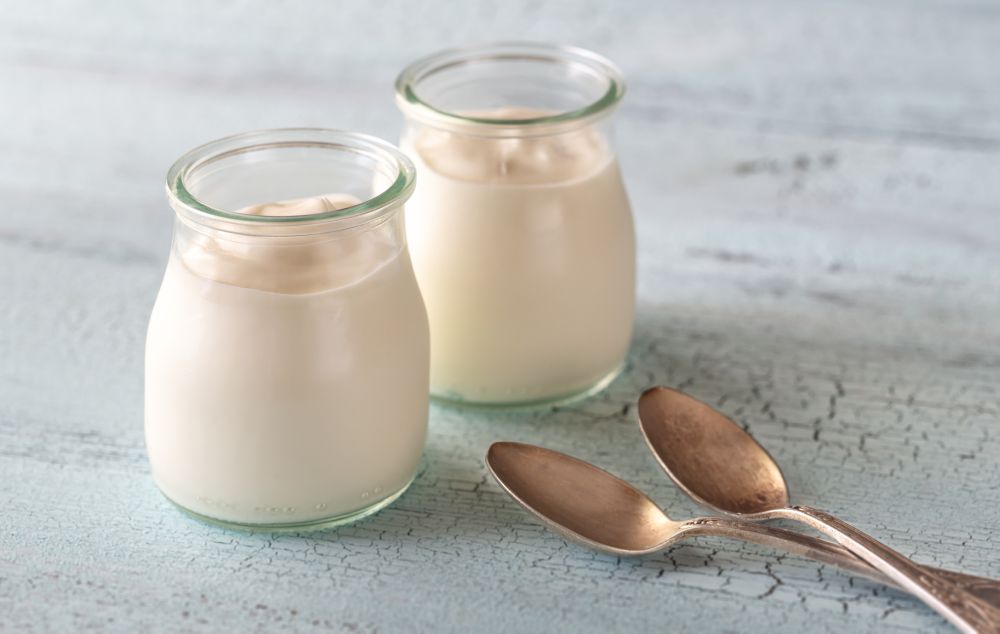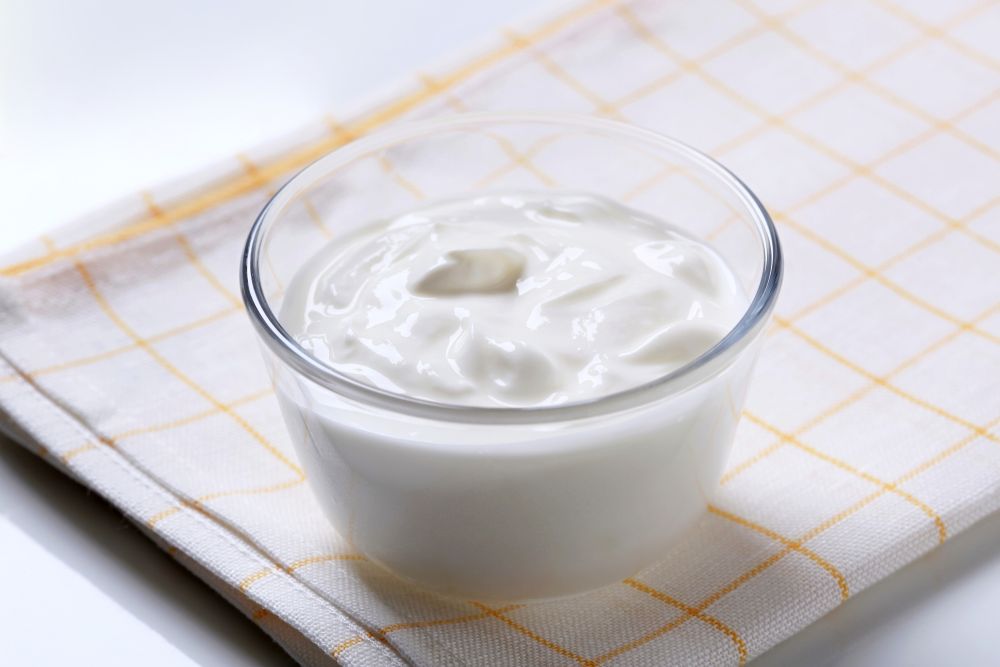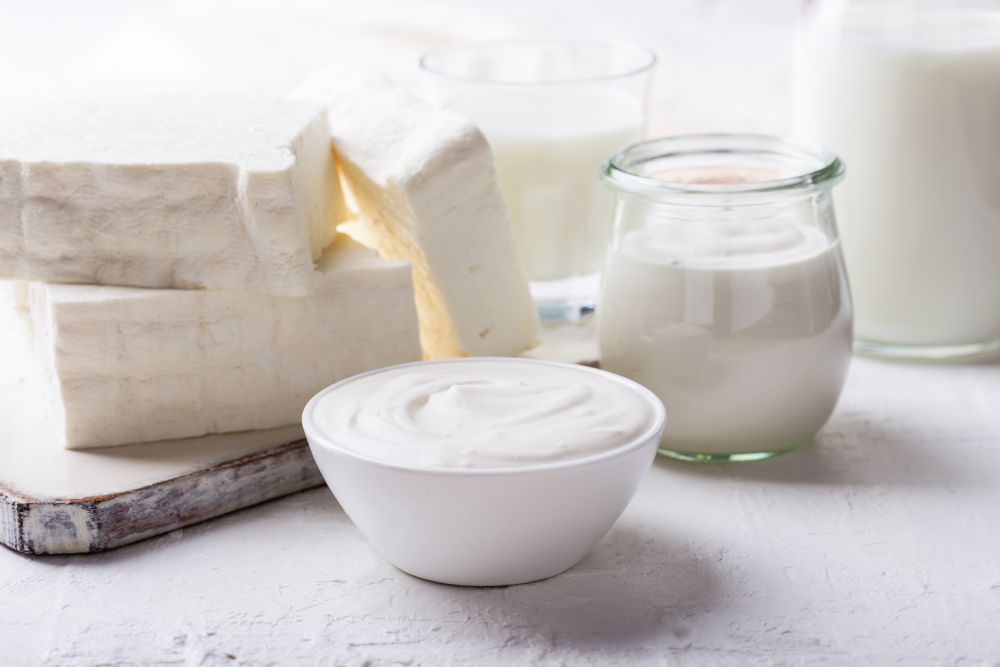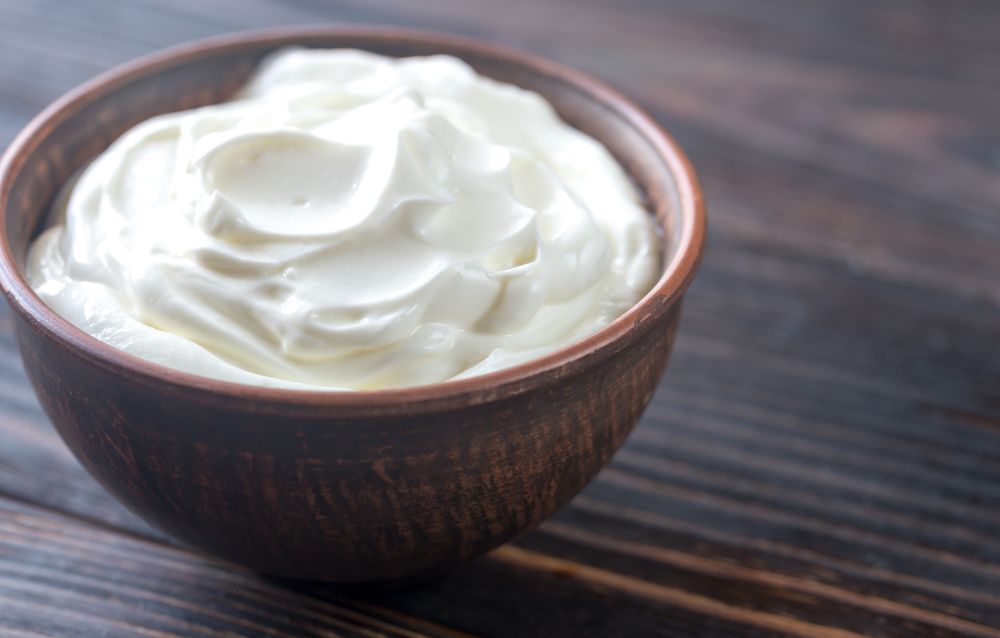Can You Freeze Crème Fraiche? Here’s How to Do It Right
When it comes to crème fraiche, we all use it every so often when making deliciously creamy dishes. However, sometimes, if you’re going to find crème fraiche on sale, you may end up buying more than you can use.
In such circumstances, you may want to consider freezing the remaining product, even if you only have leftovers in your container from whatever you cooked up.
Can You Freeze Crème Fraiche?
We’re not the only ones who don’t like wasting food, so we receive messages about various ingredients and dishes pretty often. Here’s one of the messages we received regarding crème fraiche:
I like to add a tablespoon or two of crème fraiche to my cream-based recipes when cooking. Since I like to eat healthy most of the time, I only use cream sauces maybe once or twice a month. As a result, I often end up throwing out the majority of a container of crème fraiche because I haven’t been able to use it all up in time. It feels like such a waste to throw out food, so I’ve been looking for a way to preserve my crème fraiche to make it last longer. I would like to freeze it and then I could just use what I need when I need it. I’m not sure if freezing crème fraiche would ruin it. Can you freeze crème fraiche?
Freezing dairy products is always a hot topic for discussion! It’s true that the higher the fat content in a dairy product the higher the likelihood of separation and discoloration, but the truth is that both of those issues can be overcome after thawing. So the answer to your question is yes, you can freeze crème fraiche.
You will need to do a bit of work to get it back to its original texture after it has been thawed, but freezing crème fraiche will not ruin it. If you only use about a tablespoon or two at a time, then I suggest freezing it in small, single-serving sizes.
How to Freeze Crème Fraiche?
If you’re going to freeze your crème fraiche, you’re going to have to start with following a few easy steps:
- First, make sure you’re using fresh product that hasn’t been sitting at room temperature for too long.
- Then, if you are only going to use small amounts at a time, spoon the crème fraiche into small freezer bags that only hold as much as you need for one serving.
- Seal the bags, and then label and date them. Then, place all the small bags into one large freezer bag or hard-sided freezer-safe container.
- Place it in the freezer where the temperature remains fairly constant.
How to Keep Crème Fraiche for Longer?
One thing you can do to make sure your crème fraiche is good for a longer period of time is to use a food saver. These can provide perfect seals for freezer bags and various other containers, taking out all the air. This prolongs the life of the dishes you put in the freezer and helps maintain the taste.
We like the FoodSaver V4840 2-in-1 Vacuum Sealer Machine which is a pretty awesome tool with a ton of uses, especially as it works with freezer bags and containers too.
How to Thaw Crème Fraiche?
Thawing out the crème fraiche is fairly easy to do and you only need to follow a few steps, especially since thawing it out is the easiest thing out of the list.
- To use frozen crème fraiche, take out the desired amount from the freezer and allow it to thaw in the refrigerator, not on the counter.
- Once completely thawed, you may notice that the water has separated.
- Simply pour the crème fraiche into a small bowl and then stir or whisk it vigorously until it has regained its original texture.
- Then, add it to your favorite recipe. Store unused crème fraiche in the refrigerator for a day or two. Do not refreeze.
A Bit of History on Crème Fraiche!
Did you know that crème fraîche has been around since the Paleolithic era. It had its moment of glory in the 19th century when it became a must in the kitchen.
- Paleolithic: Let the freshly milked milk rest to a thick layer of cream on the surface. This ease of obtaining suggests that cream has existed since the beginning of breeding about 10,000 years ago.
- 2500 years BC: A Sumerian fresco of 2500 BC illustrates its use. After the Asian nomadic peoples, the Celts and the Vikings are the first to appreciate it.
- Middle age: In Europe, it appears timidly on the medieval table, especially in the composition of fresh cheeses. For a long time, cream was only used to make butter. Rare and expensive product, we hardly knew how to preserve it.
- In the seventeenth century, the sauces “acid” of medieval cuisine go out of fashion in favor of sauces “fat”. The cream begins to interest the chefs of the royal and noble kitchens. It is used as a link, just like flour. François Pierre dit La Varenne, chef at the Marquis d’Uxelles, puts into practice the French culinary innovations that appeared in the 17th century in his book “Le cuisinier françois” and tells how Louis XIV was delighted with the whipped cream that will become the whipped cream. But it is a delicacy, a major innovation attributed to the famous intendant Vatel who officiated at the castle of Chantilly.
- In the eighteenth century, the cream goes down in the street, icy. The Procope is famous for its “ice cream with whipped cream”, Massialot and Menon for their ice cream or crunchy. The cream is also used in stuffed meats. Its use is widespread, especially in the preparation of sophisticated sauces, in that of stuffing, in the accompaniment of meat and poultry, in omelettes and desserts.
- But it is in the nineteenth century that it triumphs. In the preparations of previous centuries, the great Lent adds others. It makes it an essential element for finishing sauces and associates it particularly with potatoes.
- In 1879: the invention of the cream separator finally makes it possible to gather the cream of the milk more quickly and more surely.
- In the twentieth century, cream became the typical ingredient of certain regional cuisines and their iconic dishes. The Norman cuisine, especially, has the honor.
- Today, the mellowness of the cream makes it an indispensable element of accompanying dishes and finishing sauces, and its fat intake is significantly lower than that of oils or butter. Finally, the progress made in the diversification of the creams allows a greater control of the preparations. It’s time for light cooking and cream is part of this new trend. For some years now, the French have been abandoning roux, a sauce made from flour and butter, in favor of cream, whether in reduction or finishing. Today’s great chefs appreciate it for its softness and its binder, especially in puffs and mousses.



